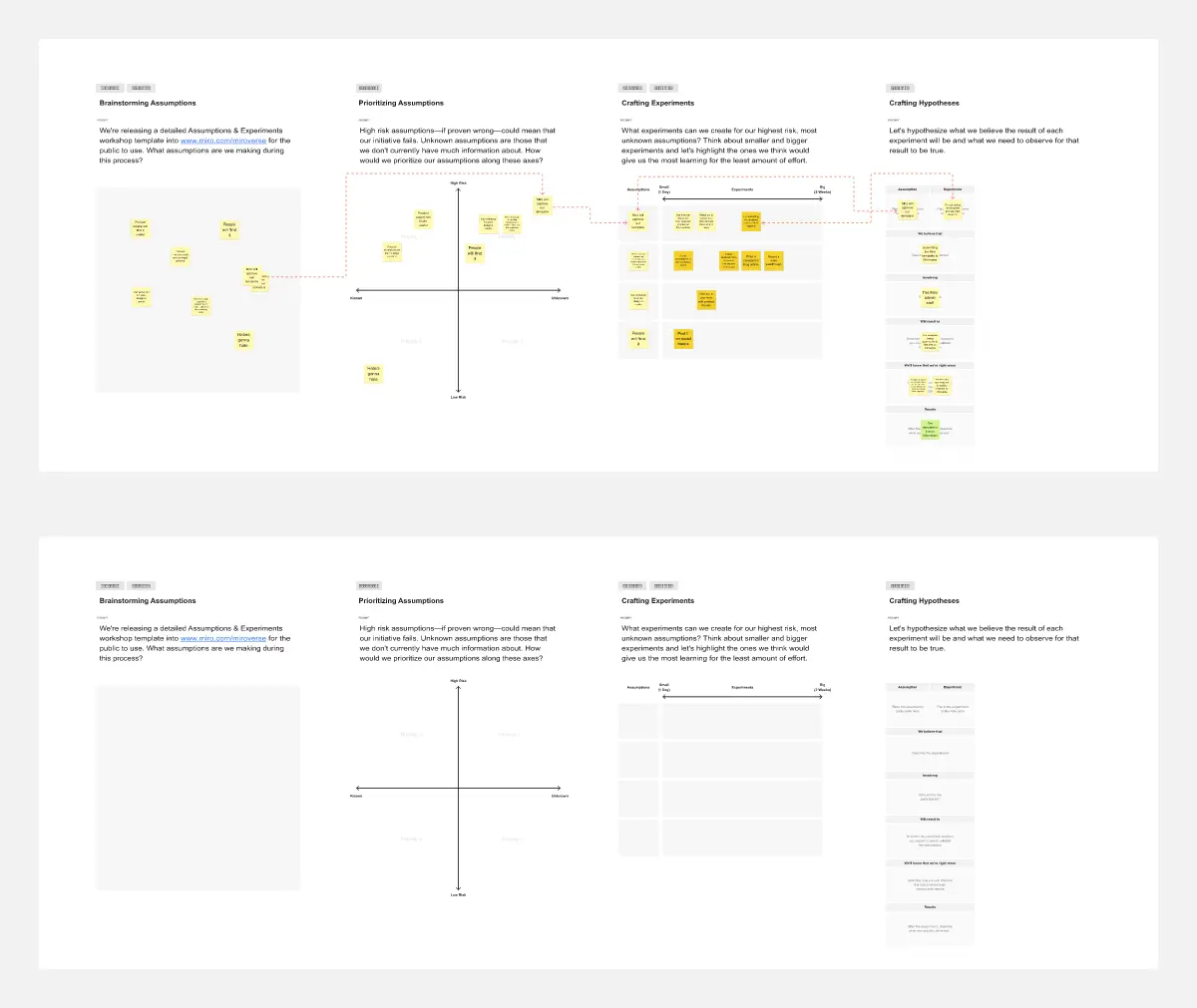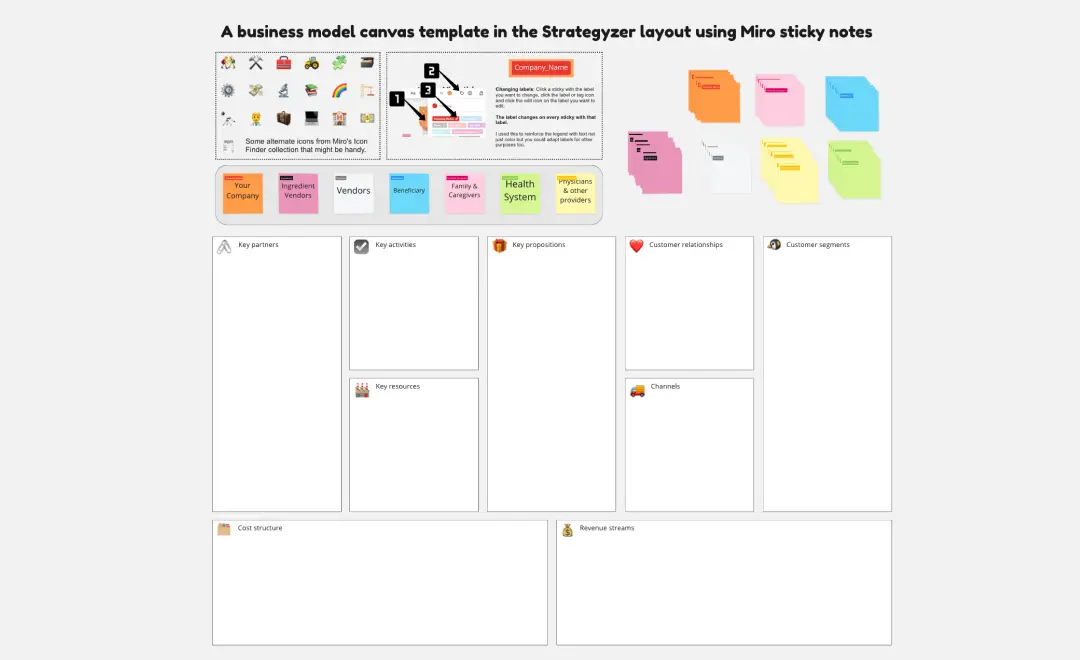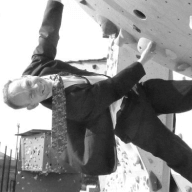Business Modeling Techniques
These modelling techniques are useful for business change. They are divided into Stakeholders, As Is, Processes, To Be and Project.
Stakeholders
Stakeholder radar - Used to agree on stakeholders engagement levels
Stakeholder Venn diagram - Understanding our stakeholders and their importance to the situation
Personas - Enables us to understand other peoples’ perspectives and appreciate their views.
As Is
Rich picture - Used to show what is going on at the moment both within and without the organisation. Can also be used to show a future state.
Customer journey - A key part of UX and enables the understanding of the pains and gains that a customer experiences dealing with our product.
Value proposition - Explains what our products do to help your customers
Value stream map - Fits with the capability map and helps the business understand how value is created for the customers.
Capability map - Show our business capabilities as well as our strengths and weaknesses within these capabilities.
Fishbone diagram - Good for root cause analysis when investigating a specific problem.
Decision tree - An excellent technique for showing the business rules.
Processes
Processes map - A high level diagram showing the key business processes and how they relate to each other.
Swimlane diagram - Shows the interaction between various teams as to how an individual process can work.
BPMN - Business process modelling and notation. Another version of a swimlane.
Task activity diagram - This is for use and by individual departments to show the work that teams within that department undertake. It is shown on a swimlane diagram as one task.
To Be
Business Activity Model - This helps the business stakeholders define what they expect the new changes to the business to look like. It aids understanding & consensus.
Force Field analysis - Show the forces for and against change. Excellent tool to help management make decisions.
Benefits dependency network (Benefits map) - This ensures that before deciding on the IT change that the benefits are agreed and the business changes align with those benefits.
Project
Scope diagram (Context diagram) - A simple diagram showing the main objectives of the project.
Use case diagram - A more detailed version of the Scope diagram showing the functional requirements of the new system and the people who will have access to them.
Use class diagram - Show the way that information (data) is stored within the system and the relationships between those key elements.
Entity relationship diagram - Same as use class diagram but different format.
Burndown chart - Shows graphically how your team is progressing with their workload and gives a rough idea as to when the tram will achieve its goals.
State machine diagram - The entities that are shown in the data models may benefit from the understanding of the changes that occur to each individual record within its lifecycle.
Categories
Similar templates






